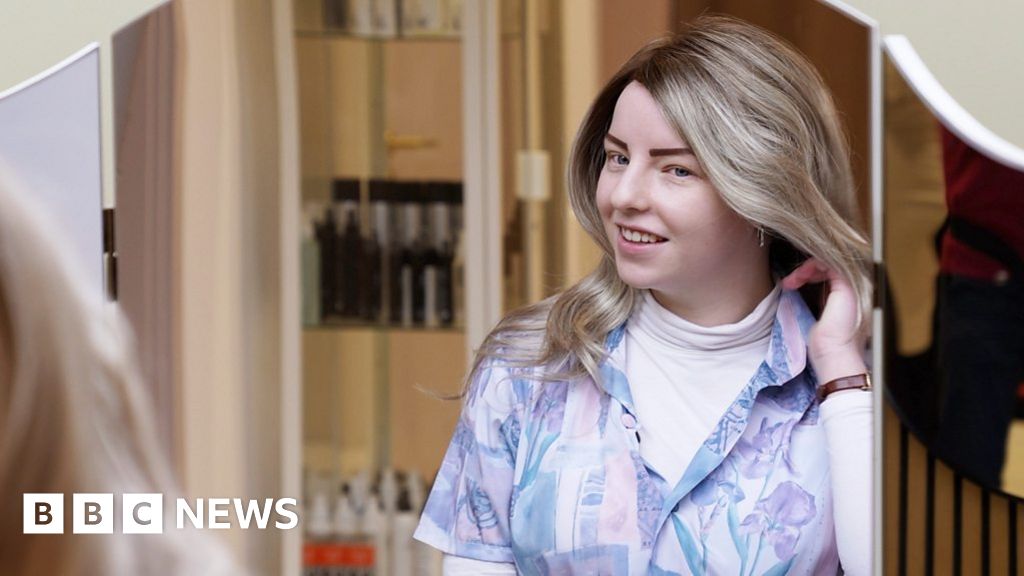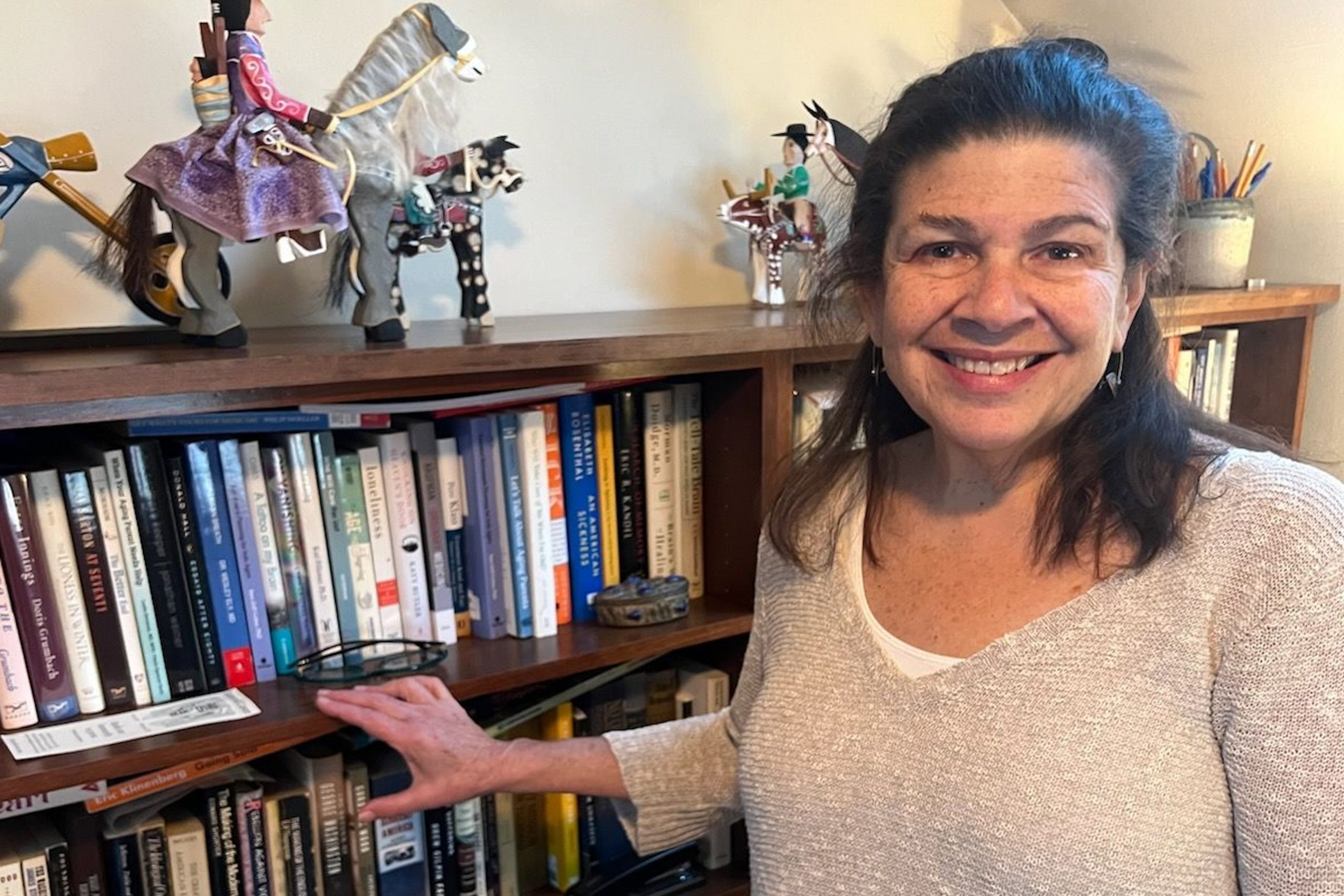Stem cells grown in microgravity aboard the International Space Station (ISS) have unique qualities that could one day help accelerate new biotherapies and heal complex disease, two Mayo Clinic researchers say. The research analysis by Fay Abdul Ghani and Abba Zubair, M.D., Ph.D., published in NPJ Microgravity, finds microgravity can strengthen the regenerative potential of cells. Dr. Zubair is a laboratory medicine expert and medical director for the Center for Regenerative Biotherapeutics at Mayo Clinic in Florida. Abdul Ghani is a Mayo Clinic research technologist. Microgravity is weightlessness or near-zero gravity.
“Studying stem cells in space has uncovered cell mechanisms that would otherwise be undetected or unknown within the presence of normal gravity,” says Dr. Zubair. “That discovery indicates a broader scientific value to this research, including potential clinical applications.”
Dr. Zubair has launched stem cell experiments from his lab on three different missions to the ISS. His review paper provides data on the scientific question, “Is space the ideal environment for growing large numbers of stem cells?” Another key concern is whether cells grown in space could maintain their strength and function after splashdown on Earth.
“The goal of almost all space flight in which stem cells are studied is to enhance growth of large amounts of safe and high-quality clinical-grade stem cells with minimal cell differentiation,” says Dr. Zubair. “Our hope is to study these space-grown cells to improve treatment for age-related conditions such as stroke, dementia, neurodegenerative diseases and cancer.”
The challenges of growing stem cells on Earth
Adult stem cells found in bone marrow and adipose (fat) tissue do not divide and differentiate into specialized cells. As a result, the number of adult stem cells in any one patient is limited. To obtain enough stem cells for clinical research or patient use, cells must be multiplied and expanded. It’s an expensive, time-consuming process with inconsistent results.
Through research on the International Space Station, scientists gained new understanding of how cells multiply, function and morph into specialized cells. Importantly, they’ve also discovered microgravity fosters better cell growth and function compared to those cultured in an Earth lab setting.
“The space environment offers an advantage to the growth of stem cells by providing a more natural three-dimensional state for their expansion, which closely resembles growth of cells in the human body. That’s in comparison to the two-dimensional culture environment available on Earth that is less likely to imitate human tissue,” says Dr. Zubair.
Discoveries from stem cells grown in space
The immediate value of the interstellar stem cell research may be in growing tissue for disease modeling. Space-cultured stem cells could be used to recreate lifelike models of cancer and other diseases in a petri dish. Researchers can then use these models to track disease progression and test new therapies to stop it.
A comprehensive review of papers from the Mayo Clinic and other academic health centers shows space research has applications well beyond the lab. Several stem cell lines grown in weightlessness have shown clinical potential:
- Mesenchymal stem cells are adult stem cells that secrete growth factors with potential for healing. Dr. Zubair’s team has documented that mesenchymal stem cells expanded in microgravity have greater immunosuppressant capabilities than those grown on Earth.
- Hematopoietic stem cells have blood regenerative abilities to fight infection, stop bleeding and carry oxygen. Hematopoietic stem cells grown aboard the ISS have shown ability to expand and differentiate into red or white blood cells that could one day be used to manage patients with blood cancers.
- Cardiovascular progenitor cells provide the building blocks for blood vessels and heart muscle. They play a crucial role in repairing muscle. Growing cardiovascular progenitor cells in space could someday provide new options for repairing tissue damaged by heart attack.
- Neural stem cells are found in the central nervous system and play a key role in brain development, maintenance and repair. Neural cells expanded in a gravity-free environment and maintained their regenerative capabilities on Earth. Researchers are studying whether neural cells grown in space could offer replacement therapy for diseases of the central nervous system.
Hurdles to healing
Despite the promise of extraterrestrial stem cell research, researchers are faced with many challenges. Cells could lose their strength and ability to function after long-term exposure to microgravity. Over time, space radiation could damage DNA and affect the growth of cells. Another concern is whether cells grown in microgravity could turn cancerous. Dr. Zubair’s team, however, found no evidence of chromosomal damage that could trigger cancer in mesenchymal stem cells cultured in space.
Stem cell research in the cosmos is in its early stages, and the full effects of multiplying cells in weightlessness are not fully understood. More scientific data, research and funding are needed to help researchers fully comprehend the clinical potential of space-expanded cells.
“The space research conducted so far is just a starting point. A broader perspective about stem cell applications is possible as research continues to explore the use of space to advance regenerative medicine,” writes Dr. Zubair.
The National Aeronautics and Space Administration and Mayo Clinic’s Center for Regenerative Biotherapeutics provided funding for this research.



